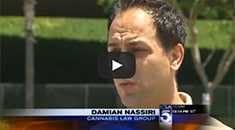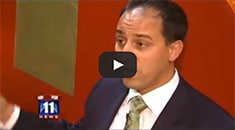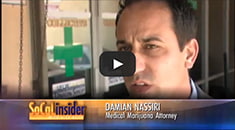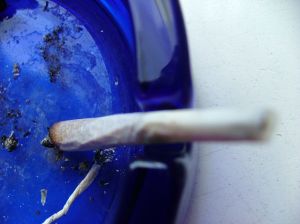Officials Looking to Crack Down on Drivers Using Medical Marijuana in Los Angeles
Nearly 20 percent of drivers nationwide stopped randomly at night are under the influence of legal and illegal drugs, according to the Los Angeles Times. Half of these drivers are reportedly high on marijuana. Crash accident statistics report that there are approximately 1,000 injuries and deaths resulting from drivers that are high on marijuana in Los Angeles and elsewhere in California. Law enforcement agencies throughout the state blame a majority of these accidents on the rapid growth and use of medical marijuana. Reports get even more detailed and claim that drugs, not alcohol, were the primary cause of fatal accidents; such accidents have increase by more than 50 percent over the past decade.
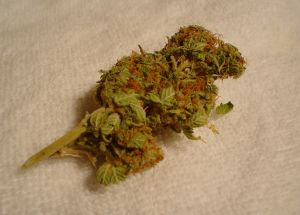
“Marijuana is a significant and important contributing factor in a growing number of fatal accidents,” said Gil Kerlikowske, director of National Drug Control Policy in the White House and former Seattle police chief. “There is no question, not only from the data but from what I have heard in my career as a law enforcement officer.”
Our Costa Mesa medical marijuana attorneys take such studies with a grain of salt. It’s difficult to test for the presence of marijuana at the time of an accident because marijuana stays in your system for approximately 30 days. While a driver may have tested positive for marijuana, they may not have been high on the drug during the traffic accident. These vague statistics are just another way to crackdown and punish patients for taking medicine to treat their symptoms.
Currently, about a third of the United States now permits the use of medical marijuana.
This issue is compounded by the lack of a national standard focusing on the amount of marijuana that a driver should be permitted to have in their bloodstream. As it stands now, there are 13 states that enforce zero-tolerance laws. California and 34 other states have no formal standard. These states rely on the judgment of police to determine what exactly impairment is.
It is unclear as to whether or not residual low levels of marijuana can in fact impair a driver days or weeks after the drug is smoked. Medical marijuana advocates continue to claim that federal and state officials are trying to make it impossible for residents to use marijuana and drive legally for days, even weeks, afterward.
“A lot of effort has gone into the study of drugged driving and marijuana, because that is the most prevalent drug, but we are not nearly to the point where we are with alcohol,” said Jeffrey P. Michael, the National Highway Traffic Safety Administration‘s impaired-driving director. “We don’t know what level of marijuana impairs a driver.”
Federal scientists are anticipating the day in which they will discover a way to have police quickly swab saliva from drivers’ mouths to figure out whether or not they have an illegal level of marijuana. This theory still requires years of research. Until that day comes, officers can only make arrests on their professional judgment. This leaves citizens open to false arrest and unwarranted criminal charges.
Now, police can only administer a lengthy 12-point exam on drivers that they expect to be under the influence of marijuana.
The national coordinator for the International Association of Chiefs of Police based in Washington, D.C., Chuck Hayes, says that the current system seems to be working well to spot an impaired driver. He also says that any future legal limit or medical test would be just another tool rather than a revolutionary change in the detection of these drivers.
“We are not concerned about levels or limits. We are concerned with impairment,” Hayes said.
Continue reading
 Cannabis Law Group's Medical Marijuana Legal Blog
Cannabis Law Group's Medical Marijuana Legal Blog